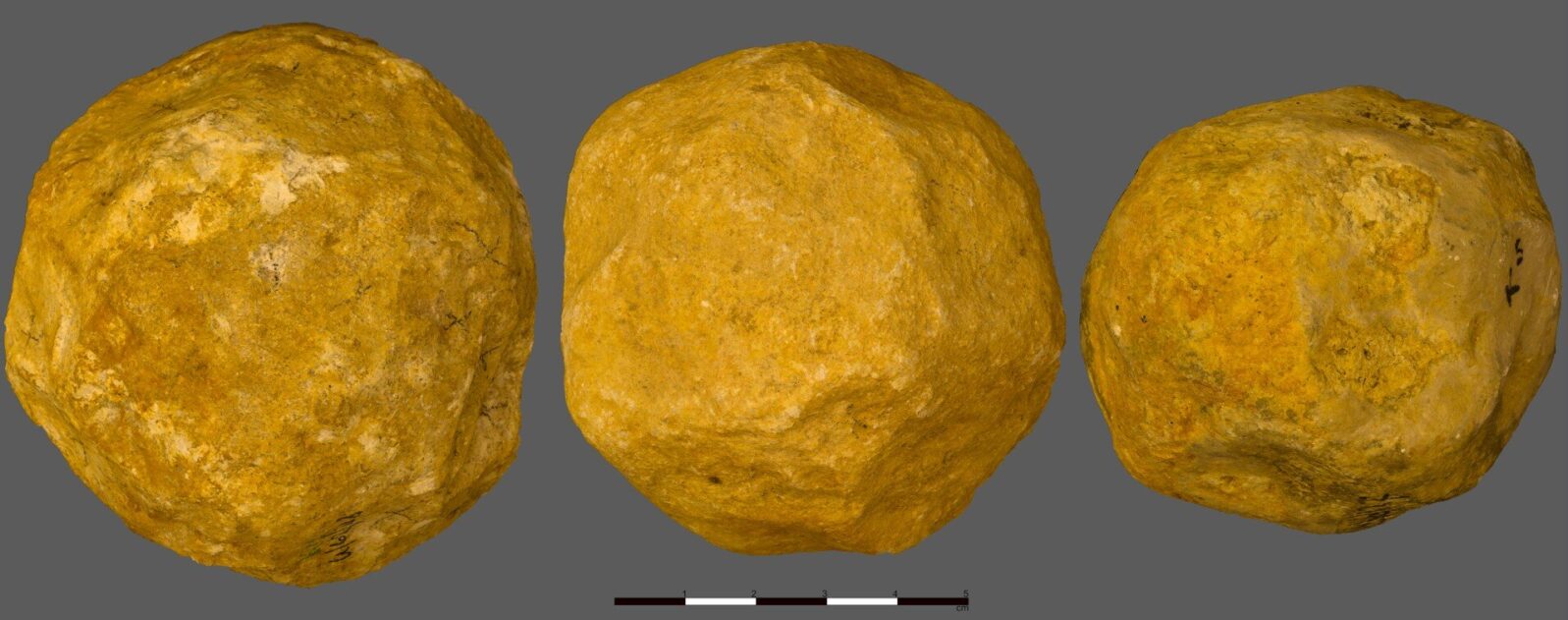The Human Mind Has No History
There is no good reason to assume that human intelligence evolved from mud to mind via a long slow historyPossibly the most frustrating science discipline ever envisioned is the effort to trace the evolution of human consciousness. Apparently, we start with the flatworm’s aversion to pain and end up with Chaitin’s unknowable number. That is a large gap.
Of course, it doesn’t work. Evolution might predict smarter chimpanzees (or dumber ones, depending) but it does not predict a world of ideas, of which any given theory of evolution is itself merely one of the many ideas.
So what do claims like “Theories of consciousness must be firmly rooted in evolutionary biology” even mean? The neuroscience of theories of consciousness is currently degenerating into chaos.

Briefly, the leading theory has been trashed as “pseudoscience.” Tellingly, so far as one can make out from reading the letter signed by over 100 angry prominent neuroscientists, a big issue is that leading theory is not as friendly to “abortion rights” as they might wish. (If the theory is correct, humans may enjoy prenatal consciousness…)
Look on the bright side. The prominent neuroscientists are making their priorities clear and reason-based thinking doesn’t appear to be one of them. But what could evolutionary biology do to sort that out? Pretend that human gestation is something other than, well, human gestation?
Is the Evolution of Human Consciousness Even Possible?
When we look at early human history, we keep seeing the light go on suddenly, unexpectedly, at ever earlier eras. Paleontology finds seem more like turning on a light than like smartening up a flatworm by a nearly infinite slow series of steps until it… what? Writes poetry?
Here are some recent finds from the science of sudden illuminations in the ancient human past:
● Usually, Neanderthal Man takes it on the ear for being less evolved than us but, more and more, no one can figure out why. Here’s a find from Neanderthal cooking from somewhere between 70,000 and 100,000 years ago:
The archaeologists found about a dozen hearths at various stratigraphic levels in an excavation area of about 30 square meters and six meters deep… What did Neanderthals eat? “We were able to find out what they ate and even the cooking techniques they used. We found the remains and burnt bones of cooked goats, deer, horses, aurochs (extinct bulls), rhinos, turtles, which were probably laid on their carapace and stewed on hot stones.” “Meat was on the menu in this inland cave, but in other excavations in caves overlooking the western Mediterranean Sea near Cartagena (Spain), remains of fish, mussels and mollusks, even roasted pine nuts, were found.
-University of Trento, “Neanderthal cuisine: Excavations reveal Neanderthals were as intelligent as Homo sapiens,” Phys.org, October 13, 2023 The paper is open access.
● Think further back now. Nearly half a million years ago, humans were building wooden structures, of which only a very few have been preserved:
Recent research has revealed that nearly half a million years ago, ancient human ancestors, predating Homo sapiens, were already engaging in advanced woodworking. The artifacts found indicate that these humans were building structures, potentially laying the foundation of platforms or parts of dwellings, much earlier than what was once believed.
-University of Liverpool, “Not Built by Homo sapiens – Scientists Discover “Extraordinary” 476,000-Year-Old Wooden Structure,” SciTech Daily, October 9, 2023 The paper is open access.
This rare find shows that some of the very human-like forms in the fossil record — perhaps Neanderthals which lived at this time period — were actually much smarter than we thought. In any case, this kind of evidence does not support the idea that early humans were unintelligent brutes and that we are descended from intellectually primitive precursors.
Casey Luskin, “Evidence of Woodworking Extends High Human Intelligence Far Back into the Mid-Pleistocene,”Evolution News and Science Today, September 20, 2023.
● And now let’s think waaay back:
Roughly 600 limestone balls (spheroids), the size of plums, have been found alongside tools at a site in northern Israel, dating from 1.4 million years ago. What were their makers trying to do?

“It appears that hominins 1.4 million years ago had the ability to conceptualize a sphere in their minds and shape their stones to match,” says lead author Antoine Muller of HUJI. “This takes remarkable planning and forethought, as well as a great deal of manual dexterity and skill.” Other artifacts from this period include elegantly constructed stone hand axes. Considered alongside these spheroids, the new work suggests these early toolmakers had an appreciation for both symmetry and beauty, the authors say.
-Phi Jacobs, “Were these stone balls made by ancient human relatives trying to perfect the sphere?” Science, September 5, 2023. The paper is open access.
There are even older spheroids at sites in Africa. “If this same intentionality can be demonstrated there, this would represent the oldest evidence of hominins desiring and achieving symmetrical shapes in stone.” (Phys.org, September 5, 2023)
Human technology has a history but the mind that struggles with it does not.
You may also wish to read: Researchers: Neanderthals invented process to produce birch tar. The tar can be used for glue, bug repellent, and killing germs. This finding tracks growing recognition of Neanderthals as intelligent. Why didn’t Neanderthal culture — and other human cultures — advance more quickly? Tech progress is not a stepladder. Much depends on specific discoveries.
